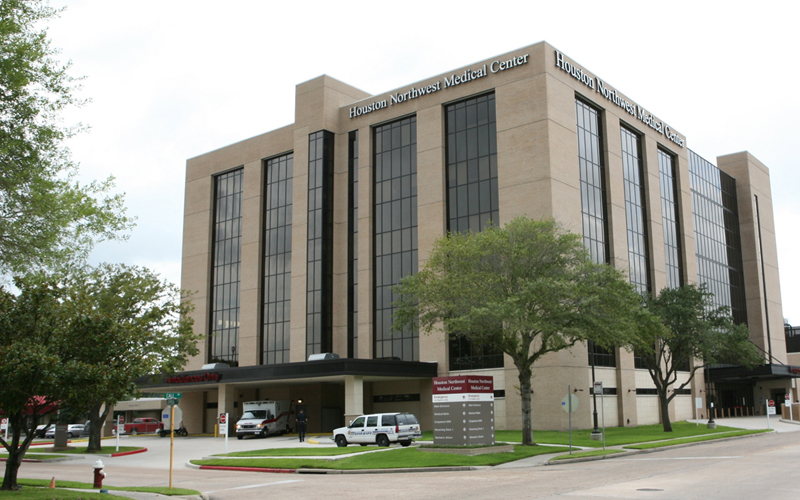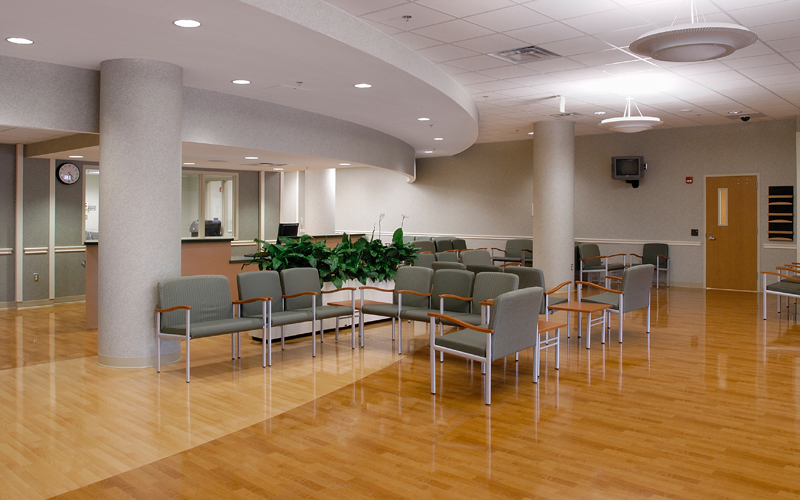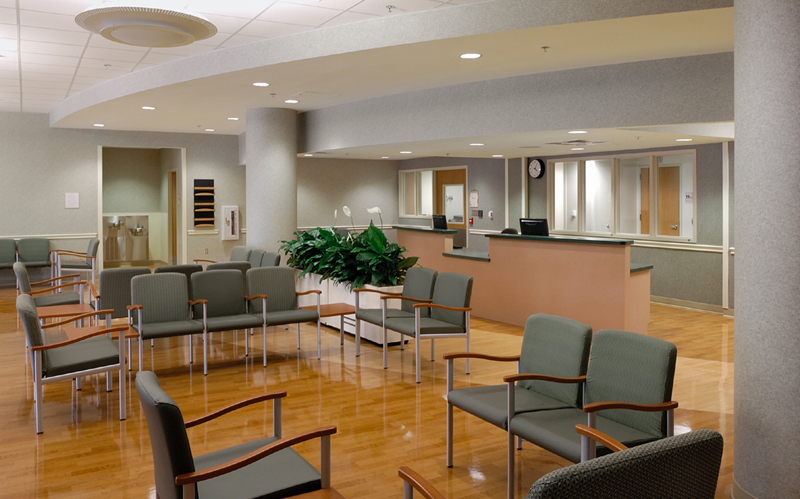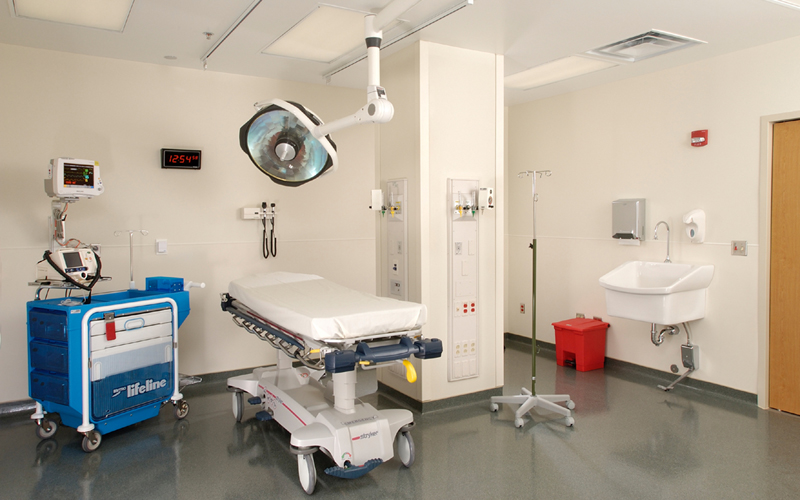PORTFOLIO
Houston Northwest Medical Center – Tower Expansion
Category: Architecture, Hospital, Outpatient CenterAbout
The Houston Emergency ICU / Laboratory & Bed Tower Expansion project was completed in July 2006. The project includes the addition of a new 161,800 square foot, six-story tower. The tower includes a new Emergency Department expansion on the First Floor, which increases the overall department to 51 Exam rooms (including two Trauma Rooms), dedicated CT, Ultrasound, and three- (3) Imaging rooms. The Second Floor houses a new 24-bed Intensive Care Unit, with four of the rooms being dedicated Isolation rooms, and a Satellite Pharmacy serving the 100-bed tower and Emergency Department. The Third and Fourth Floors shelled during the initial phase of construction are planned to become additional bed floors in the future. The Fifth Floor consists of a 38-bed Telemetry Unit with 22 private and 16 semiprivate beds. The Sixth Floor accommodates a 38-bed Medical-Surgical Unit with 22 private and 16 semiprivate beds. Satellite Materials Management space was provided on both the Fifth and Sixth Floors to serve the new tower expansion. In addition, a two-story addition was added to the existing Central Plant to support the new tower. The Surgical Services and Tower Expansion Phase 1 project involves Master Planning and Programming, Planning and Design, Construction Documents and Construction Administration at a cost of $8 million.
An expansion / renovation project for Inpatient Surgical Services, involving construction of a 17, 500 square foot addition for a new operating suite (10 operating rooms) and renovation of 33,780 square feet of existing space for the balance of Surgical Services, Sterile Processing, Materials Management, Pharmacy and Inpatient Dialysis. Surgical support includes a 20-station Recovery area and 14-station Prep area, Staff Lounge/Lockers and Equipment Storage. Lacking the space, location or funds to develop an entirely new Surgical Services Department, the hospital had for years planned to undertake a time consuming and complicated internal renovation project to add several operating rooms to the suite.
After evaluating a number of planning solutions, the design team demonstrated that construction of an addition to house new operating rooms, with the vacated space to be used for the balance of the required support functions, would be a cost effective way to minimize the construction time and significantly reduce the impact on existing operations. The project was necessarily planned with the construction process in mind. Detailed construction phasing plans were developed during the design phases through extensive work sessions with hospital staff and the general contractor. The resulting development plan has maintained existing surgical capacity throughout the construction process. Renovation included accessibility upgrades on the site for parking, accessible routes, obstructions, toilets, showers, telephone booths, counters, storage and reach ranges.




